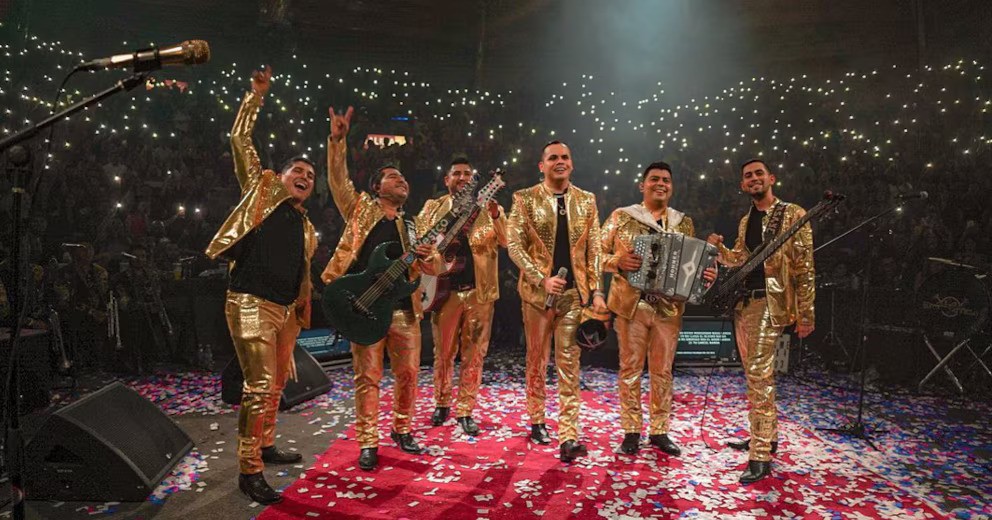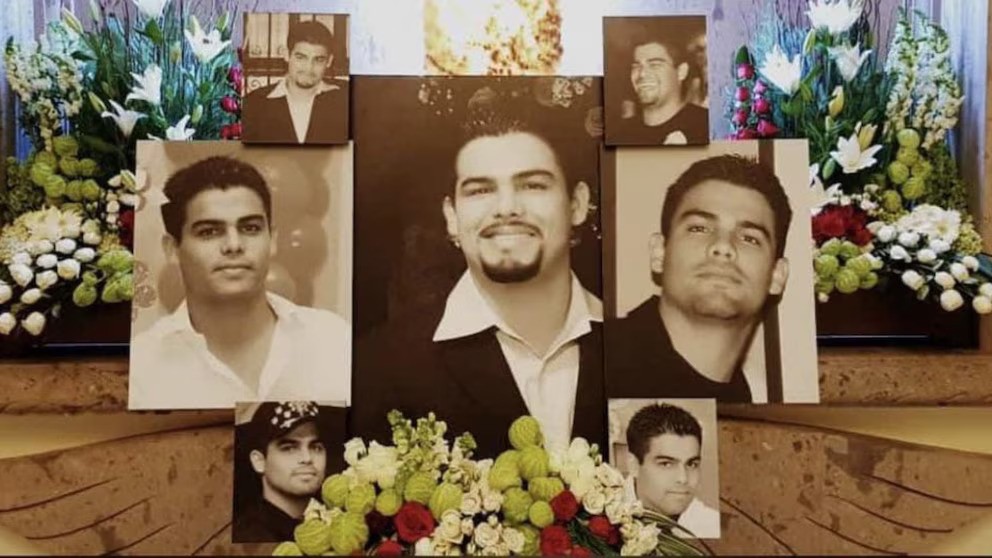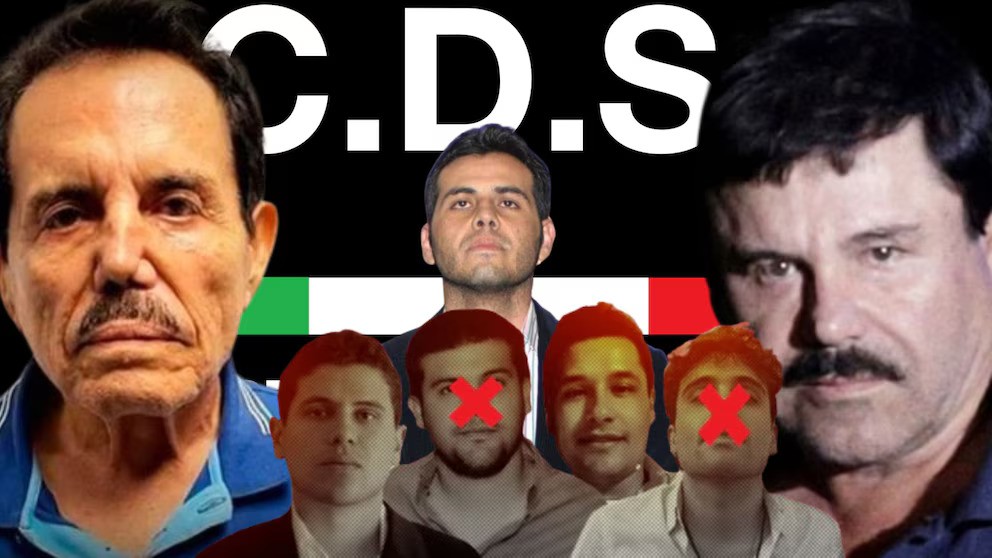Tragic End of Enigma Norteño Singer Inspires Fans Worldwide

Journey Tribune — August 19, 2025 — The tragic end of Enigma Norteño singer inspires fans worldwide. Gunmen killed Ernesto Barajas, the band’s frontman and founder, late Tuesday night in Zapopan, Jalisco. The attackers opened fire at a car storage lot where Barajas was with two friends. One companion died with him, while the other suffered serious injuries, local outlets reported.
Authorities reported that two armed men on a motorcycle ambushed Barajas and his friends in the Arenales Tapatíos neighborhood and then fired at them from close range. The attackers fled, and the motive behind the attack is being investigated.
It helps to underscore the dangerous confluence of music, gangster culture, and cultural expression in Mexico, a country where narcocorridos, ballads about the cartel bosses’ lives, tend to blur folklore and the underworld.

Who Was Ernesto Barajas?
Ernesto Barajas, born and raised in Sinaloa, formed Enigma Norteño in 2004. In twenty years, the band became one of the most well-known acts in the regional Mexican genre, especially within the United States, where their music took hold on the radio and streaming outlets.
What differentiated Enigma Norteño was their repertoire of narcocorridos—ballads that often glorified or chronicled the exploits of cartel bosses. While controversial, the songs appealed to a huge audience on both sides of the border.
Nevertheless, Barajas consistently denied having direct ties with criminal organizations. In an interview with reporter José Luis Montenegro in April 2022, he confirmed to others being written on commission but wished to stay impartial:
“As long as you behave respectfully and you don’t offend the other factions, you can choose whether or not to write the corrido,” he clarified.
The Cartel Figures Immortalized in His Songs

Enigma Norteño, over the years, released a long list of corridos honoring those affiliated with the Sinaloa Cartel, one of the world’s most powerful criminal cartels. Besides mentioning its longtime leader Ismael “El Mayo” Zambada and co-founder Joaquín “El Chapo” Guzmán, it mentioned their heirs and successors, including Iván Archivaldo Guzmán, one of Los Chapitos.
Some of the most well-known corridos include:
- “El Sr. Mayo Zambada” – Singing Ismael Zambada García’s ability to evade the authorities while maintaining dominance of the cartel.
- “El Chapo Guzmán” – Ballad recounting El Chapo’s dramatic escape from Altiplano maximum-security prison in 2015 through a mile-long tunnel dug to his cell shower.
- “El Señor Iván” – Focused on Iván Archivaldo’s rise to power after he arrests his father, with him being in charge of Culiacán and his alliance with his brother, Alfredo Guzmán.
- “La Captura del M Gordo” – Reporting on the 2014 arrest of Ismael Zambada Imperial, alias El Mayito Gordo, in Culiacán.
- A corrido for El Chapo’s son, Édgar Guzmán López, who was killed in a cartel war against the Beltrán Leyva organization in 2008.
In addition to the Sinaloa Cartel, Enigma Norteño also referenced other groups, including Arellano Félix Organization members and even those with ties to the Jalisco New Generation Cartel (CJNG).

Threats and the Shadow of CJNG
Barajas’ existence was not risk-free. In 2023, a narcomanta (a banner used by cartels to make public threats) was left hanging in Baja California. It bore the signature of the CJNG and particularly targeted Ernesto Barajas, accusing him of having the defense of so-called Sinaloa Cartel allies.
When the incident occurred, it sent shivers through other musicians who perform narcocorridos. These artists already know the risks, since cartels have often dragged them into violent crossfires in regional music.
Investigators are reevaluating these threats after Barajas’ homicide. Although authorities have not confirmed a direct link, the CJNG’s 2023 warning now serves as a critical piece of context.
Enigma Norteño’s Legacy
To regional Mexican listeners, Enigma Norteño was a success story in music and an authentic representation of social reality in Mexico. Their songs not only resonated with fans in terms of style and rhythm, but also in the narrative they provided—a retelling of stories mainstream media would never cover.
Yet this same allure made the group a scandal. Portraying the cartel leaders in their lyrics as immortal, they contributed to a cultural phenomenon whereby criminals became folk heroes. This tension between violence and art has surrounded the narcocorrido genre for ages.
Barajas’ murder is a reminder of the violent environment in which most of these musicians labor. Even though corridos remain deeply ingrained in northern Mexican life, the risks involved with writing about drug cartels and crime families are an industry shadow that does not disappear.
The Future of Narcocorridos
The murder of Ernesto Barajas raises new questions regarding the future of narcocorridos. Will artists keep writing about cartel bosses even at risk? Or will the genre drift away from its open references to organized crime?
One thing is certain: Enigma Norteño’s catalog will be part of the soundtrack of a generation, a representation of a complex period in Mexican history, where music, violence, and culture are tied together.
Further Reading:
